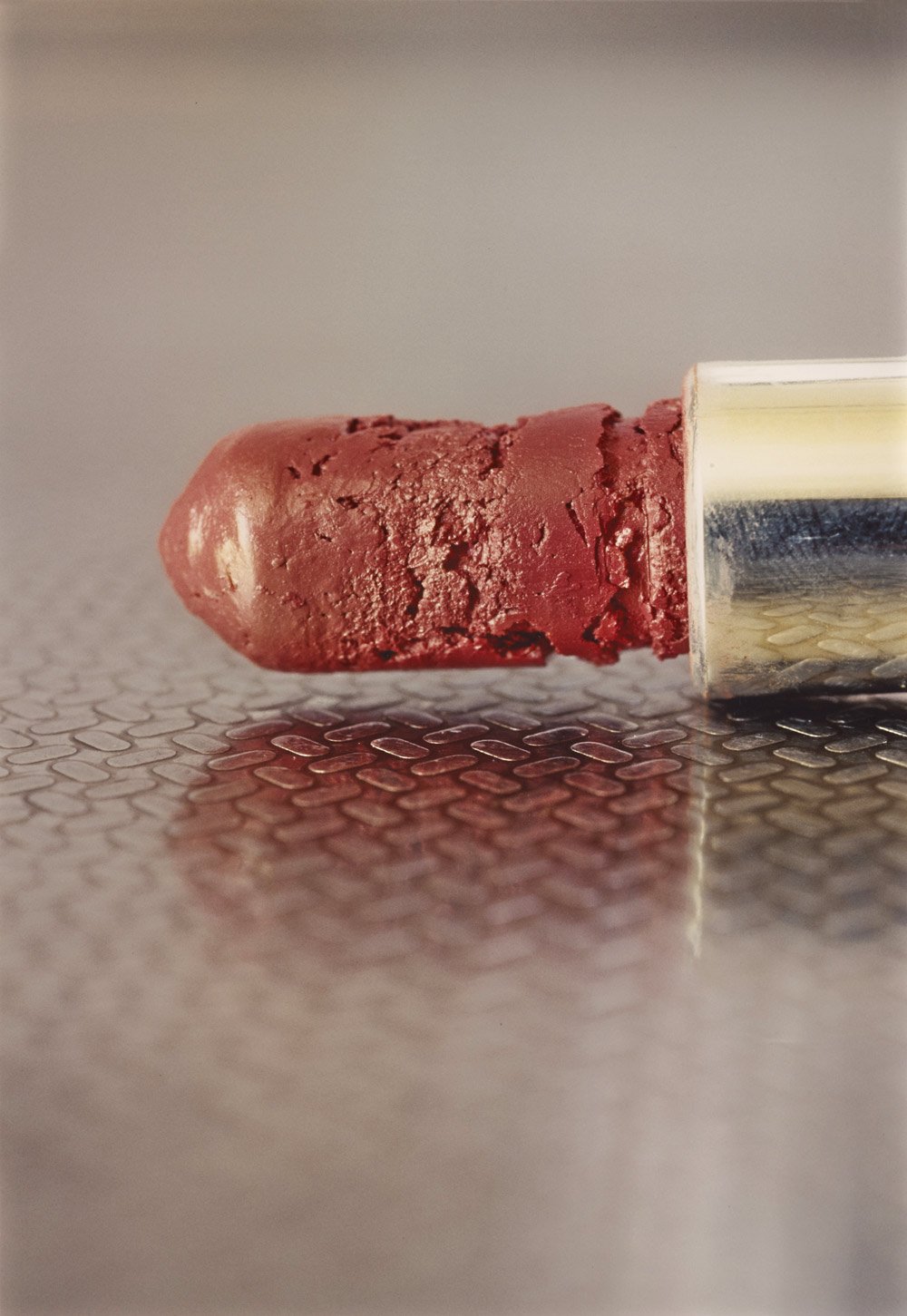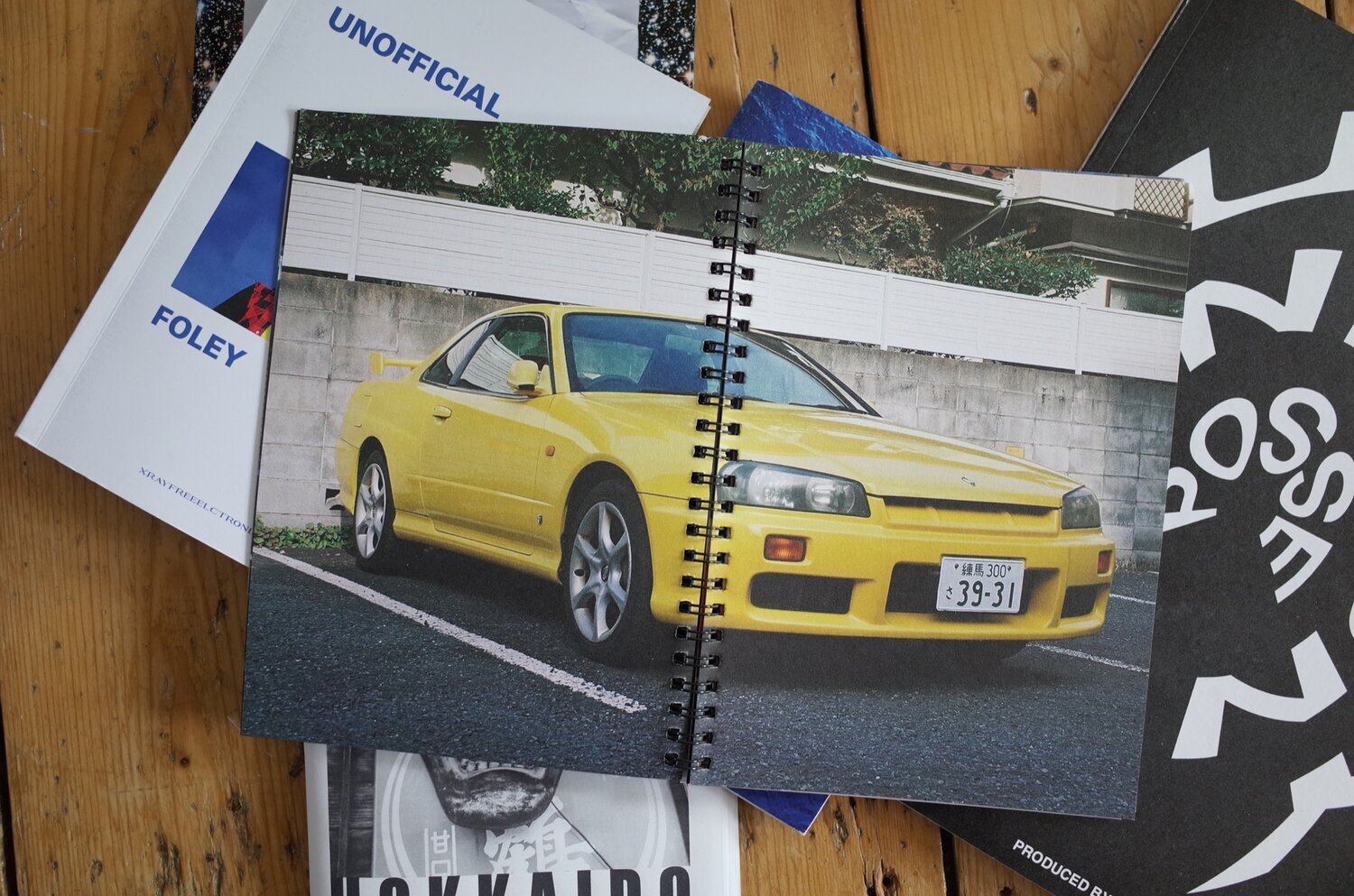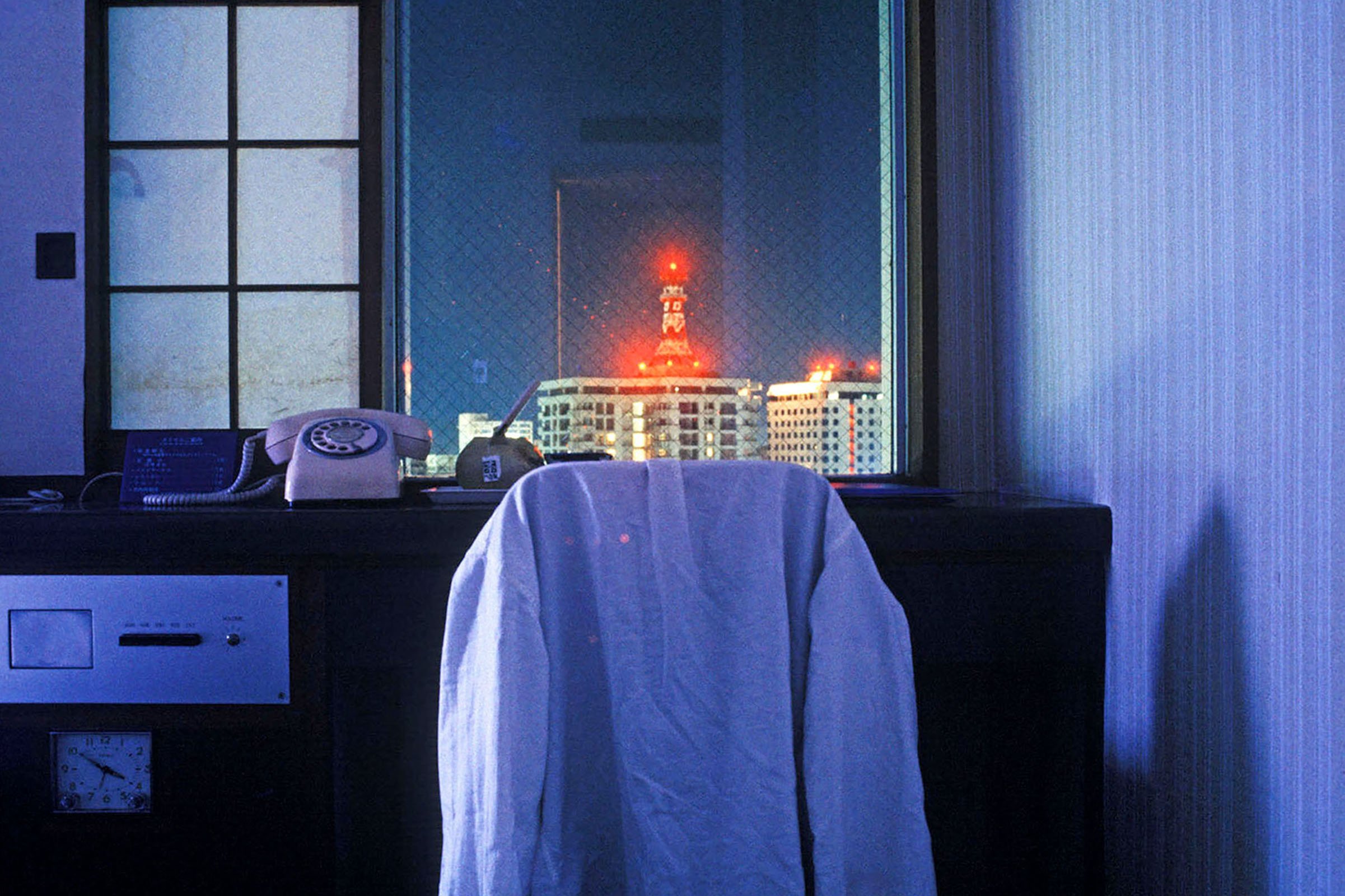A Love Letter to What Remains: Miyako Ishiuchi’s “Mother’s” Series

Whilst submerged within the male-dominated influx of photographers in Japan during the 1950s and ’60s, Miyako Ishiuchi’s photographic work has become world-renowned for her sentimental approach to capturing time. Her images readily explore the passage of history and memory by looking at post-war infrastructure, banal objects, articles of clothing, and afflicted bodies. Characteristic of her melancholy approach to photography, Ishiuchi’s “Mother’s” 2000-2005 series engages in an intimate conversation with the remaining objects of her late mother.
Born in 1947, Ishiuchi discovered her love of photography after stumbling upon her friend’s darkroom equipment. Calling the darkroom a sort of “womb” filled with “strange smells,” Ishiuchi looks to the photograph as a precious object on its own; the image is something to be looked after with tenderness. To this day, Ishiuchi is entirely self-taught and has reached the photographic applause of her contemporaries Masahisa Fukase, Shomei Tomatsu, Daido Moriyama, and Nobuyoshi Araki. Evidently, she was one of the few female photographers who was getting the recognition she deserved at the time. Her first series, “Yokosuka Story,” 1976-1977 contains a collection of black-and-white images highlighting Yokosuka in Kanagawa prefecture, the site of a U.S naval base. Capturing empty alleyways, abandoned buildings, and looming shadows, Ishiuchi’s attention to the conflicting nature of change and loss becomes apparent throughout her work.
While shooting her series “Scars,” 1991-2003, Ishiuchi’s mother suddenly passed away of liver cancer, leaving the photographer with a collection of her mother’s belongings. Looking through her mother’s thin pieces of lingerie, fading photographs, and melting lipsticks, the images of this series and the apostrophe in the title “Mother’s” implicate a direct form of possession, where what one possesses is perhaps how one is memorialized in the physical realm. Though Ishiuchi’s previous works were often rendered in black-and-white, some of the images in the “Mother’s” series are in color, emphasizing the distinct qualities of each object. There are quiet images of rippling skin, unfinished perfume bottles, phantom-like lingerie, saturated dentures, wisps of hair tangled onto the bristles of a comb, and her mother’s burn wound. Her mother’s face is never seen within the series, yet we can begin to imagine how she may have dressed and adorned herself with the objects shown. Through these images, we encounter the indexical nature of our clothes, cosmetics, shoes, and underwear, and the intimate dependence we have on such belongings; the photographer reveals the capacity of what remains in the present to bring us closer to our past.
Ishuichi’s “Mother’s” serves as a manifesto of the photographer’s attitudes towards time and moreover, photography as means of manipulating, stopping, and rewinding time itself. “To shoot a photograph is to fix time in place,” Ishiuchi said in an interview with Aperture. “To fix time like that—I’m only interested in fixing time in its accumulation.” For Ishiuchi, the accumulation of time is most apparent in the compilation of our most precious belongings. Here, we are invited to witness objects stamped by a quiet nostalgia and motherly tenderness; we have been permitted to savor the memories we have through what remains.
Words by June Kitahara

















